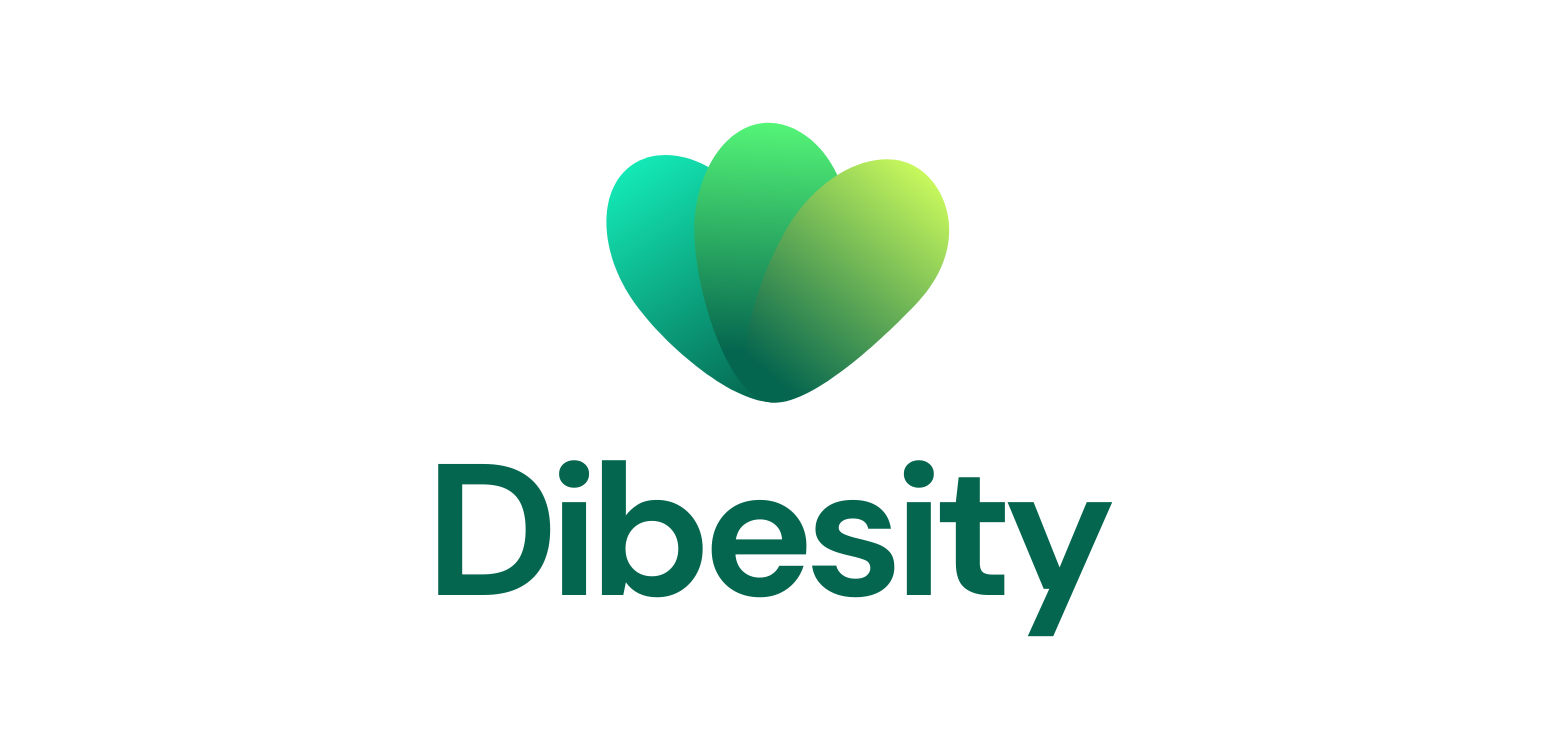Hyperkalemia is a medical condition characterized by elevated levels of potassium in the bloodstream. Potassium is an essential mineral necessary for various bodily functions, particularly in muscle contraction and nerve signaling.
However, when potassium levels exceed the normal range, typically above 5.0 mEq/L, it can lead to serious health implications if left untreated. The body maintains potassium balance primarily through the kidneys, and when these organs are compromised, it can result in hyperkalemia.
There are several causes of hyperkalemia, including kidney dysfunction, certain medications, and dietary choices that lead to excess potassium intake.
For instance, individuals with chronic kidney disease often struggle to excrete potassium efficiently, leading to an accumulation in the bloodstream.
Additionally, medications such as ACE inhibitors, certain diuretics, and non-steroidal anti-inflammatory drugs (NSAIDs) can contribute to increased potassium levels, emphasizing the importance of monitoring and managing potassium intake.
The significance of regulating potassium levels cannot be overstated, as hyperkalemia poses serious hazards to health. High potassium in the blood can affect the cardiovascular system, leading to arrhythmias, or irregular heartbeats, which can become life-threatening if left unaddressed.
Symptoms may include weakness, fatigue, palpitations, and even cardiac arrest in severe cases. Therefore, understanding how to lower potassium naturally through dietary modifications, such as reducing high-potassium foods, is critical in preventing complications.
Treatment of hyperkalemia often involves medications like Lokelma, which help to remove excess potassium from the body. This medication binds to potassium in the gastrointestinal tract, enabling its excretion and helping maintain a more balanced potassium level in individuals at risk.
By integrating Lokelma into a comprehensive treatment plan, along with a diet to lower potassium, patients can achieve better health outcomes.
What is Lokelma?
Lokelma, chemically known as sodium zirconium cyclosilicate, is an innovative medication specifically designed to treat hyperkalemia, a condition characterized by elevated potassium levels in the blood.
The primary mechanism of action of Lokelma involves selectively binding potassium ions in the gastrointestinal tract.
By doing so, it effectively reduces the absorption of potassium into systemic circulation, thereby aiding in the management of hyperkalemia.
Patients prescribed Lokelma typically receive it in powder form, which can be mixed with water prior to ingestion. This dosage form allows for convenient administration, making it easier for individuals to incorporate into their daily routine.
The prescribing information highlights the importance of monitoring potassium levels regularly, especially after initiating treatment, to ensure its efficacy and safety. Depending on individual conditions, healthcare providers may adjust the dosage to achieve optimal potassium control.
In clinical practice, Lokelma plays a crucial role in the systematic management of hyperkalemia, particularly in patients with chronic kidney disease or those undergoing treatments such as dialysis.
Its introduction has provided physicians with an effective oral treatment option to help maintain potassium levels within a safe range, contributing to improved patient outcomes.
Understanding the pharmacological details of Lokelma, including its properties and potential interactions, is essential for patients and healthcare providers alike.
This knowledge enables better adherence to the prescribed diet to lower potassium and fosters discussions about potential lifestyle modifications.
As hyperkalemia poses significant health hazards, including cardiac arrhythmias, managing this condition through Lokelma is integral to preventing severe complications.
Overall, Lokelma represents a significant advancement in the treatment of hyperkalemia, particularly as healthcare continues to emphasize how to lower potassium naturally while managing dietary intakes effectively.
Read: Lokelma Vs Veltassa (Sodium Zirconium Cyclosilicate Vs Patiromer)
The Importance of Diet in Managing Hyperkalemia
Diet plays a crucial role in managing hyperkalemia, a condition characterized by elevated potassium levels in the blood.
Hyperkalemia can lead to significant health complications, and therefore, the treatment of hyperkalemia often requires both medical intervention and dietary modifications.
While medications like Lokelma are essential for managing this condition, dietary choices can significantly influence potassium levels in the body. By adopting a diet to lower potassium, individuals can complement their treatment and promote overall health.
High potassium foods, such as bananas, oranges, potatoes, and certain leafy greens, contribute to increased potassium levels and can exacerbate hyperkalemia.
Thus, it is imperative to identify and avoid these foods while on Lokelma, which is designed to bind potassium in the gastrointestinal tract and reduce its levels in the blood.
It is important to understand the hazards of high potassium in the blood, including potential heart problems, muscle weakness, and fatigue. Therefore, individuals must be vigilant in their dietary choices and consult with healthcare professionals regarding safe food options.
In addition to avoiding high-potassium foods, individuals should also consider incorporating foods that are lower in potassium into their daily meals.
These may include certain fruits and vegetables, grains, and proteins that have been tested for their potassium content. Moreover, learning how to lower potassium naturally can also involve cooking methods like boiling, which can sometimes remove potassium from certain foods.
By implementing these dietary modifications, individuals are not only managing their hyperkalemia more effectively but also enhancing the efficacy of treatments such as Lokelma.
In conclusion, dietary modifications are essential in the effective management of hyperkalemia. The integration of a carefully planned diet alongside proper medication can lead to improved health outcomes and a better quality of life for individuals affected by this condition.
Read: Lokelma Vs Kayexalate: Comparing two Potassium Binding Resins
High-Potassium Foods to Avoid
When managing hyperkalemia, particularly during treatment with Lokelma, it is essential to identify and avoid foods high in potassium. Potassium is a crucial mineral for various bodily functions; however, excessive potassium levels can lead to severe health complications.
The following categories highlight high-potassium foods that should be minimized or eliminated from the diet to effectively manage potassium levels.
Fruits: Certain fruits are notorious for their high potassium content. Bananas, avocados, oranges, and cantaloupes are examples of fruits that individuals seeking to lower potassium levels should approach with caution.
If you enjoy fruits but want to lower potassium naturally, consider alternatives like apples, berries, or grapes, which are lower in potassium yet still provide essential nutrients.
Vegetables:
Many vegetables also contain significant potassium levels. Potatoes, spinach, and tomatoes are at the top of the list. While they are healthy options, those with hyperkalemia must be cautious.
It is advisable to choose lower-potassium vegetables such as cauliflower, cucumbers, or bell peppers instead, which can provide a nutritious alternative without the hazards associated with high potassium.
Dairy Products:
Dairy products like milk, yogurt, and cheese can be surprisingly high in potassium. For individuals managing their potassium intake, opting for lower-potassium alternatives, such as almond milk or rice milk, can be beneficial. Always check labels and choose products fortified with lower potassium levels.
Processed Foods:
Avoiding processed foods altogether can be challenging, yet it is crucial, as many processed items contain added potassium or are derived from potassium-rich ingredients.
Fast food and certain snack foods can significantly raise potassium levels. Therefore, preparing meals at home with fresh, low-potassium ingredients can better support the treatment of hyperkalemia.
Recognizing these high-potassium foods is a vital step in forming a diet to lower potassium effectively while undergoing treatment with Lokelma.
Careful selection and dietary modifications can achieve better health outcomes and minimize increased potassium levels in the blood.
Read: 7 Day Meal Plan for Kidney Disease and Dialysis Patients
Understanding Food Labels
Reading food labels is an essential skill for individuals seeking to manage their potassium intake, particularly those taking Lokelma as part of the treatment for hyperkalemia.
Hyperkalemia, characterized by elevated potassium levels in the blood, can pose significant health risks, necessitating careful dietary choices.
One effective way to ensure lower potassium consumption is by becoming adept at interpreting food labels thoroughly.
Identifying Potassium Levels
Begin by examining the nutrition facts panel on the packaging. Here, potassium content is typically listed along with other nutrients.
The values will be indicated in milligrams per serving, allowing for easy comparison between different products.
It is crucial to be aware that food items lower in potassium are preferred for those needing to lower potassium naturally. Look for labels that highlight low-potassium options or seek products specifically designed for a low-potassium diet.
Unexpected Sources of Potassium
Many consumers may be surprised to find potassium in foods they commonly consume. For instance, certain processed and packaged foods, while perceived as low in potassium, may contain additives or ingredients that elevate their potassium levels.
Therefore, it is wise to scrutinize labels even on foods marketed as healthy. Furthermore, be cautious with seemingly innocuous food items such as sauces, soups, and snacks, as these can contribute more potassium than expected.
Understanding the nutritional information can also reveal hidden potassium sources, helping to mitigate the hazards of high potassium in the blood.
Strategies for Healthier Choices
Implementing practical strategies can enhance dietary choices. Opt for fresh, whole foods whenever possible, as they often contain less potassium compared to processed alternatives.
Meal prepping and cooking at home allows for better control over ingredients used. Maintaining a thought-out shopping list focused on low-potassium options can also steer purchases in a healthier direction.
By prioritizing fruits, vegetables, and grains lower in potassium, one can contribute to managing potassium intake effectively while taking Lokelma.
Identifying High-Potassium Foods
In many diets, certain high-potassium foods may not only seem harmless but can also be integral to meal planning.
These foods often include common staples such as bananas, potatoes, spinach, and avocados, which are renowned for their nutritional benefits.
However, for individuals managing conditions like hyperkalemia—characterized by elevated potassium levels in the blood—understanding the hazards of high potassium in the blood becomes crucial. Failure to monitor and adjust your diet to lower potassium can lead to serious health issues.
Common Pitfalls in Everyday Diets
Many nutritious foods contain potassium in substantial quantities, making it challenging for individuals on a diet to lower potassium.
For instance, while nuts and seeds are excellent sources of protein and healthy fats, they also contribute significantly to potassium intake.
Similarly, certain dairy products, notably yogurt and milk, may inadvertently raise potassium levels without an individual’s awareness.
Recognizing these common pitfalls is essential for effectively managing potassium levels, especially when considering treatment options such as Lokelma.
Strategies for Reducing Potassium Intake
To effectively limit high-potassium foods while maintaining a balanced diet, individuals can adopt several strategies.
This includes opting for low-potassium alternatives such as apples, berries, and white rice. Moreover, rinsing canned vegetables or selecting fresh varieties can also reduce potassium consumption.
Educating oneself on the causes of hyperkalemia and how to lower potassium naturally will facilitate smarter food choices. Reading food labels meticulously and consulting with healthcare professionals can help ensure that one is aware of potassium content in their meals.
By identifying these seemingly harmless high-potassium foods and implementing practical strategies to minimize their intake, individuals can enjoy a more balanced diet without compromising their nutritional needs.
This proactive approach will be beneficial, especially in conjunction with medications like Lokelma that assist in the treatment of hyperkalemia.
Potential Interactions with Foods While on Lokelma
When managing hyperkalemia, particularly for those prescribed Lokelma, it is crucial to be aware of potential interactions between this medication and certain foods.
Lokelma is designed to lower potassium levels in the blood, and consuming foods high in potassium may counteract its effectiveness, thereby posing risks to health.
High potassium foods can exacerbate the hazards of high potassium in the blood, leading to complications that necessitate further treatment of hyperkalemia.
Patients on a diet to lower potassium should prioritize avoiding or minimizing the intake of specific items. Foods such as bananas, oranges, potatoes, and tomatoes are notorious for their high potassium content.
Additionally, certain supplements may contribute to elevated potassium levels; it’s essential for individuals to read labels carefully and consider consulting with a healthcare professional regarding any dietary supplements they use.
Understanding the causes of hyperkalemia can provide insight into how certain foods and habits further complicate the condition.
Navigating these dietary restrictions can be particularly challenging. Therefore, it is advisable to work closely with a dietitian familiar with low-potassium diets.
They can help formulate meal plans that comply with the necessary restrictions while ensuring nutritional adequacy.
Not only does this approach support the treatment of hyperkalemia, but it also empowers individuals to take control of their health.
Moreover, being aware of the various definitions and synonyms for hyperkalemia can aid in better understanding the condition.
Utilizing terms like “high potassium,” “potassium overload,” or “elevated potassium” during discussions with healthcare providers can also facilitate clearer communication regarding dietary needs.
Consulting Healthcare Professionals
Managing hyperkalemia often requires a multifaceted approach, including the careful administration of medications such as Lokelma, a drug designed to lower potassium levels in the blood.
Regular consultations with healthcare professionals are crucial for individuals dealing with this condition, as they can provide tailored guidance and support.
A primary care physician or a specialist can assess the severity of hyperkalemia and recommend the most appropriate treatment while considering individual health needs and dietary restrictions.
It is essential to openly communicate any dietary concerns with healthcare providers. Patients should inquire how their diet could impact potassium levels and discuss dietary changes necessary for the effective management of hyperkalemia.
Since certain foods are high in potassium, it is beneficial to seek professional advice on which foods to avoid while taking Lokelma.
Furthermore, healthcare professionals can assist in devising a comprehensive diet to lower potassium levels, incorporating low-potassium alternatives that align with the patient’s nutritional needs.
Additionally, dietitians play a significant role in developing and executing a personalized low-potassium diet plan.
These specialists can offer expertise on various dietary sources of potassium, helping patients understand the causes of hyperkalemia while promoting food choices that minimize potassium intake.
Dietitians can educate individuals on how to lower potassium naturally by suggesting specific cooking methods that reduce potassium levels in food, such as leaching vegetables. With their knowledge, dietitians help empower patients to manage their condition effectively.
In summary, regular consultations with healthcare professionals and dietitians are integral to safely navigating hyperkalemia management, ensuring a clear understanding of dietary impacts on potassium levels, and effectively utilizing treatment options such as Lokelma.
Conclusion: A Holistic Approach to Managing Hyperkalemia
Managing hyperkalemia, characterized by elevated potassium levels in the blood, requires a multifaceted approach that encompasses medication, dietary modifications, and lifestyle changes.
The use of Lokelma, a medication designed specifically for treating hyperkalemia, plays a crucial role in this management strategy.
However, it is essential to complement its effectiveness with a diet to lower potassium. Consuming certain foods that are rich in potassium can negate the benefits of Lokelma, making it vital to be aware of dietary choices to maintain optimal potassium balance.
As discussed, the hazards of high potassium in the blood include severe complications such as heart rhythm abnormalities and potential cardiac arrest. To mitigate these risks, understanding the causes of hyperkalemia is paramount.
This condition may arise due to kidney dysfunction, certain medications, or excessive intake of potassium-rich foods.
Consequently, individuals should be informed about how to lower potassium naturally, thus reducing reliance solely on medications like Lokelma.
In addition to dietary interventions, adopting lifestyle changes such as regular exercise, proper hydration, and monitoring blood potassium levels can further aid in managing hyperkalemia effectively.
It is advisable for patients to collaborate with healthcare professionals — including dietitians and physicians — to create a personalized plan that addresses their specific circumstances.
This holistic approach not only encompasses the treatment of hyperkalemia through medication but also emphasizes sustainable lifestyle choices that promote long-term health.
Overall, by merging medication with strategic diet adjustments and healthy lifestyle practices, one can significantly reduce potassium levels in the blood and enhance overall well-being.
Whether it’s the integration of Lokelma or identifying foods to avoid, a comprehensive strategy stands as the hallmark of effective hyperkalemia management.
Summary of Foods to Avoid With Lokelma:
High Potassium Fruits:
- Bananas,
- Oranges,
- Mangoes,
- Avocados,
- kiwis,
- Dried fruits (e.g., raisins, dates)
High Potassium Vegetables:
- Potatoes,
- Sweet potatoes,
- Spinach,
- Tomatoes,
- Artichokes,
- Brussels sprouts,
- Beets
Dairy Products:
- Milk,
- Yogurt,
- Cheese,
- Cream
High-Potassium Legumes:
- Lentils,
- Kidney beans,
- Black beans,
- Chickpeas,
- Soybeans
Nuts and Seeds:
- Almonds,
- Pistachios,
- Sunflower seeds,
- Pumpkin seeds
Processed Foods
- Salt substitutes (e.g., potassium chloride),
- Processed meats,
- Canned soups
Beverages
- Orange juice,
- Tomato juice,
- Coconut water,
- Energy drinks
Other Foods:
- Chocolate,
- Molasses,
- Certain whole grains (e.g., quinoa)



